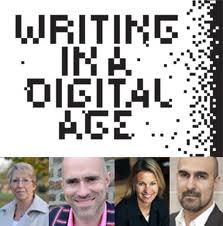Christopher Booker makes the point that this story also appears in the Bible - Joseph the Dreamer becomes Joseph the great leader. And the rags to riches story is associated with the fairy tale ending, which can be sugary and twee. (For my money, they should have cut the Strictly Ballroom scene at the end of Scott and Fran's dance and missed out the group dance-athon to 'Love is in the Air'. Now that's what I call cheese.)
But the feel-good factor varies - both Jane Eyre and David Copperfield are rags-to-riches stories in which the suffering far outweighs the happiness. (Jane Eyre was famously only able to marry Mr Rochester after Charlotte Bronte blinded him; she (almost certainly) killed off M. Paul in Villette. Happy endings weren't Ms Bronte's thing.) Frequently, these stories begin with the childhood of the protagonist, and show that they need to ovecome dark forces aligned against them - the Ugly Sisters in one form or another.
The classic form of this story falls into three sections - the protagonist's fortunes seem to imrpove for a while (Jane meets Mr Rochester, they fall in love and are about to marry) then there is a huge setback (he is married to Bertha Mason) and then there is a gradual return to good fortune again (Jane's equilibrium is restored when she meets her cousins, but she is drawn back to Thornfield Hall, apparently by supernatural forces or a deep instinct that Mr Rochester needs her).
Hollywood likes to run the rags to riches story as the classic Tale of the Arist, in which the artist is ignored for years and is eventually rich, famous and united with their True Love. This may be responsible for the misguided idea among some wannabe writers that this is the inevitable late stage of a writing career. If so, I am still in my Ignored period, and not expecting to be united with the Booker prize any time soon.
There is of course a dark side to the Rags to Riches story - there is a dark side to everything. The biopic which ends not with success but the artist falling victim to drugs and/or sycophants and groupies is one example. Riches aren't always what they seem - the pursuit of money and success can be an empty quest. But what we are talking about here is plot, and as a plot device the tale of the poor, obscure, plain Jane who wins the handsome prince has been told a thousand times - and will be told a thousand more times.



